(4800 products available)

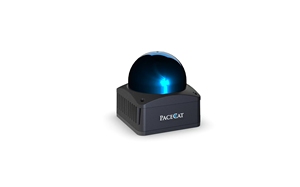
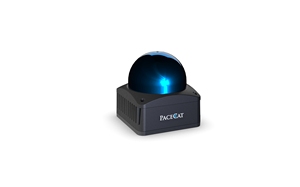

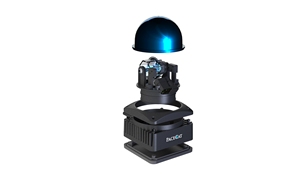

































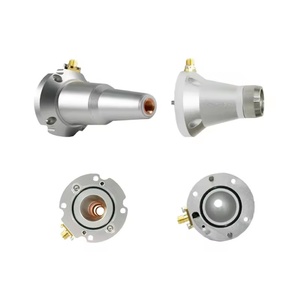











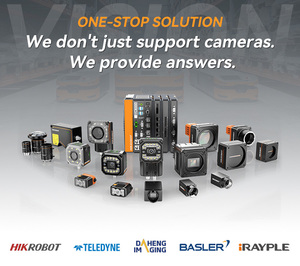
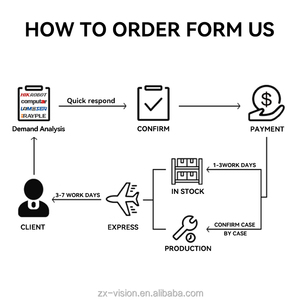







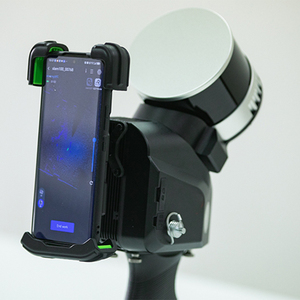
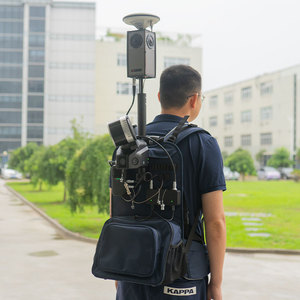





















![[High-quality] ZPLASER raytools <strong>Laser</strong> <strong>Sensor</strong> Head BM109 BM114 BM111 <strong>3D</strong> Spares Raytool <strong>Sensor</strong> <strong>Laser</strong> Cut Capacitive <strong>Sensor</strong> Head](http://s.alicdn.com/@sc04/kf/H0c2447a893a84946b14ad1993a088876n.jpg_300x300.jpg)
![[High-quality] ZPLASER raytools <strong>Laser</strong> <strong>Sensor</strong> Head BM109 BM114 BM111 <strong>3D</strong> Spares Raytool <strong>Sensor</strong> <strong>Laser</strong> Cut Capacitive <strong>Sensor</strong> Head](http://s.alicdn.com/@sc04/kf/H205df57faf1149d5ad8b3fefe31fc403w.jpg_300x300.jpg)
![[High-quality] ZPLASER raytools <strong>Laser</strong> <strong>Sensor</strong> Head BM109 BM114 BM111 <strong>3D</strong> Spares Raytool <strong>Sensor</strong> <strong>Laser</strong> Cut Capacitive <strong>Sensor</strong> Head](http://s.alicdn.com/@sc04/kf/H0266c21ca9c04b118b7c33f3fd821677y.jpg_300x300.jpg)
![[High-quality] ZPLASER raytools <strong>Laser</strong> <strong>Sensor</strong> Head BM109 BM114 BM111 <strong>3D</strong> Spares Raytool <strong>Sensor</strong> <strong>Laser</strong> Cut Capacitive <strong>Sensor</strong> Head](http://s.alicdn.com/@sc04/kf/Hfce34b0d5f4f4f42b4ee9256c83fdacbE.jpg_300x300.jpg)
![[High-quality] ZPLASER raytools <strong>Laser</strong> <strong>Sensor</strong> Head BM109 BM114 BM111 <strong>3D</strong> Spares Raytool <strong>Sensor</strong> <strong>Laser</strong> Cut Capacitive <strong>Sensor</strong> Head](http://s.alicdn.com/@sc04/kf/H1329310e7d784cc89083c799e534a6a8a.jpg_300x300.jpg)
![[High-quality] ZPLASER raytools <strong>Laser</strong> <strong>Sensor</strong> Head BM109 BM114 BM111 <strong>3D</strong> Spares Raytool <strong>Sensor</strong> <strong>Laser</strong> Cut Capacitive <strong>Sensor</strong> Head](http://s.alicdn.com/@sc04/kf/H1fda2f52fe654237a135d33786f07b87K.jpg_300x300.jpg)

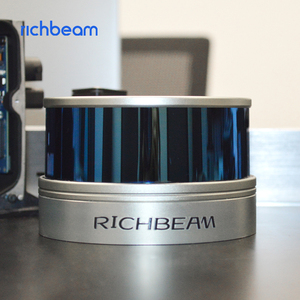


















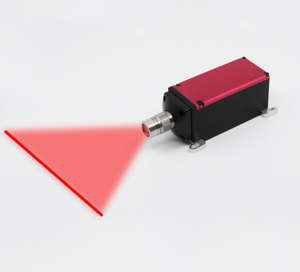
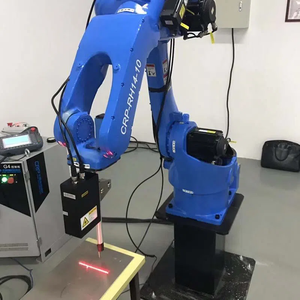











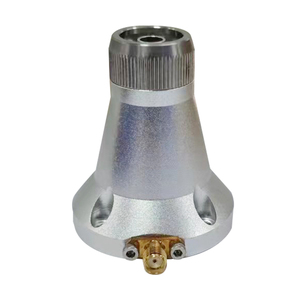

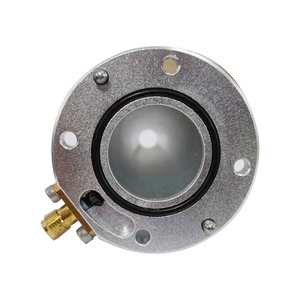




















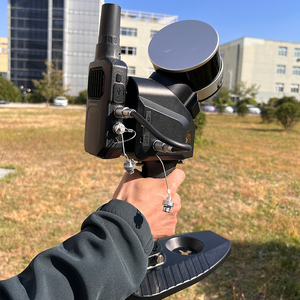
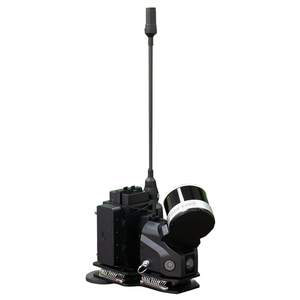
















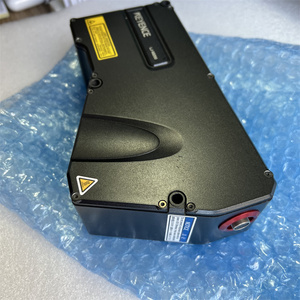



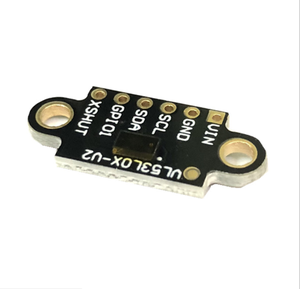
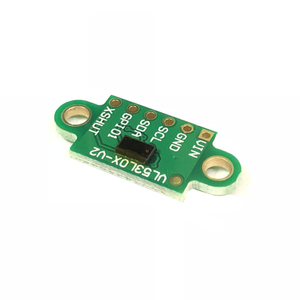
Optical 3D Laser Sensors
The operation of these sensors is based on the principle of measuring surface temperature. These sensors produce laser temperature measurement results to determine the distance from a target object precisely. These sensors can measure several surfaces, such as metals, plastics, and liquids. In addition, these sensors can measure objects at extreme temperatures without physical contact. Optical 3D laser sensors can operate adequately when addressing production processes that require swift and precise temperature evaluations.
Triangulation-Based 3D Laser Sensors
These are sensors mostly employed for short-distance measurements. In a triangulation sensor, a laser beam is projected onto the target object, and a webcam captures the reflected light. The angle of reflection is assessed, and the precise distance to the target is found. Triangulation-based sensors are ideal for measuring surface profiles, shapes, and textures in manufacturing operations. They provide outstanding precision for flat and opalescent surfaces.
Time-of-Flight (ToF) 3D Laser Sensors
These are laser sensors that provide 3D distance measurements based on the time a laser pulse is reflected back to the sensor. ToF laser scanners send a laser beam; by calculating the time taken by the beam to return, the distance to the object is measured. TOF sensors can cover large distances and huge areas, which makes them very useful for mapping and surveying. They are popular in the automobile, aeronautics, and geospatial mapping industries.
Memo 3D Laser Sensors
These sensors combine high-definition 3D imaging with laser technologies to enhance their measurements. For instance, a laser line or spot is projected onto an object and captured by the sensor, which creates a detailed 3D model of that object. These sensors are used to measure complex shapes and geometries accurately. Memo 3D laser sensors are used in quality control, reverse engineering, and design applications.
Displacement 3D Laser Sensors
These sensors are meant for high precision when measuring the displacement of an object in real time. They utilize a laser beam to ascertain the distance to a target and monitor changes in that object with time. Displacement sensors have various applications, such as thickness measurement, monitoring the warp of a product during production, and alignment checks. Note that these sensors are common in industries that need precision and continuous monitoring.
High Precision and Accuracy
3D laser sensors are known to offer premium precision when measuring distance and shape. For instance, many laser distance sensors can measure within a few micrometers or millimeters, depending on the application. There are also a variety of triangulation and TOF sensors that can be applied to industrial and scientific studies, where even slight measurement errors can result in disastrous consequences. These sensors are effective and accurate for surface shape and contour measurements.
Non-Contact Measurement
What sets 3D laser sensors apart is that they measure distance and shape without physical contact with the target object. This feature is very useful when measuring fragile or hazardous materials. Contact may damage the surface or interfere with the object's integrity. Note that because of their non-contact mechanism, 3D laser sensors are applicable in measuring hot surfaces, moving objects, or sensitive materials, such as electronic components and medical equipment.
Real-Time Data Acquisition
These sensors provide rapid and real-time measurements. Depending on the sensor type and application, some of them can gather data at rates of several hundred or thousand measurements per second. This allows dynamic monitoring during manufacturing processes or gauging objects that change shapes and fast moves. Real-time data also enhances immediate decision-making and process optimizations in industrial environments.
3D Imaging Capability
Many laser sensors are designed for active 3D surface reconstruction. For instance, brief laser pulses are projected onto the target surface, and the reflected light is captured by cameras to develop a 3D image of the object. These sensors are widely used in applications such as reverse engineering, quality control, and even in the creation of virtual environments in the entertainment and construction industries.
Versatile Applications
3D laser sensors are designed to be multi-functional. They are widely used in manufacturing, robotics, architecture, automobile, and medical industries, among others. In manufacturing, these sensors help with gauging and quality confirmation; in robotics, they are used to allow machines to map their surroundings. Moreover, surveying and mapping professionals employ these sensors to develop detailed topographical maps. Their adaptability means that it can also be customized for certain sectors to get sector-specific needs and demands.
Industrial Manufacturing
These sensors are used widely in industrial settings for quality control and measurement. For example, in computer numerical control machining, 3D laser sensors help in the inspection of machined parts in real time and ensure that the parts conform to specified tolerances. In assembly lines, these sensors can be used to gauge component dimensions and identify defects before products are finalized. Their speed and precision allow manufacturers to enhance efficiency and reduce wastage by detecting anomalies early during the production cycle.
Robotics And Automation
Robotic systems require accurate situational awareness to operate efficiently in dynamic settings. 3D laser sensors provide high-definition maps of surrounding terrains, hence allowing robots to navigate and complete tasks such as picking, placing, and object manipulation accurately. They are also installed in autonomous vehicles for safe navigation and objection recognition. Basically, these sensors allow a robotic system to interact with its environment correctly and effectively.
Construction And Civil Engineering
In construction, 3D laser sensors are used for site analysis and building monitoring. Before starting a project, they scan a site to develop detailed topographical maps that aid in planning and design. During construction, these sensors check for deviations between actual structures and design specifications to mitigate errors. In structural health monitoring, 3D laser sensors are used for assessing bridge and building stability over a period of time.
Medical Imaging
3D laser sensors have several applications in the medical sector, one being the development of detailed surface maps of body parts. For example, in dermatology, laser scanning is used to develop precise 3D models of the skin for treatment. These sensors are also used to measure body posture and develop a fit for prosthetics. Basically, their high accuracy makes them ideal for non-invading surface measurements in varied medical applications.
Historical Preservation And Restoration
3D laser sensors are used in the preservation and restoration of historical artifacts and structures. They develop accurate digital copies of sculptures, buildings, and artifacts for historical records in museums. Additionally, these scans are used as a reference in preservation activities to maintain the integrity of the original work. Essentially, 3D lasers are important in providing a balance between preservation for future generations and the need for restoration work in the present.
Measurement Precision and Accuracy
When selecting a 3D laser sensor, one must consider the level of precisive and accurate measure that is required for the operation at hand. Note that specific sensors offer millimeter or even micrometer accuracy, making them suitable for applications where minute measurements are needed, for example, in manufacturing and aeronautics. Also, consider the sensor's resolution, which indicates the smallest distinguishable detail that can be measured. Higher resolution will translate into clearer detailed scans of complex surfaces.
Measurement Range
The measurement range is the shortest and the longest distance over which the sensor can operate effectively. This range should correspond to the size of the target object and the working distance. Ideally, one should choose a sensor with a specified range, which would eliminate the chances of under or over range errors. Be mindful that different sensors are designed for short-range or long-range applications; thus, selecting the one that fits the needs of the business is important.
Environmental Suitability
The operating environment in which the sensor will be used should be taken into consideration when selecting a 3D laser sensor. Factors like temperature, lighting, and surface reflectivity can have an effect on the performance of the sensor. Note that some sensors are designed for extreme temperatures, while others work better in controlled environments. Additionally, if working in conditions that require variable lighting, opt for a sensor that is able to measure accurately on reflective or matte surfaces.
Speed and Data Acquisition Rate
The scanning speed should be considered if the application demands real-time data acquisition or if the object being measured is in motion. Some sensors are able to acquire data at rates of several hundred measurements per second. This makes them suitable for dynamic applications, such as in robotics and automotive testing. It is also worth noting that a higher data acquisition rate usually means better process efficiency and enhanced performance monitoring.
Compatibility And Integration
It is advisable to check the operational compatibility of the sensor with existing systems as well as software. For instance, the output interfaces should be consistent with data-gathering units or computers. It should also be evaluated whether the sensor can be integrated into current workflows easily. This is especially important for industries that use automation or robotics and need smooth sensor incorporation for task performance.
A 3D laser sensor is used to measure the distance and surface shape of an object in three-dimensional space. It works by projecting a laser beam onto the object and then analyzing the reflected light to capture a detailed 3D image or point cloud of the object’s surface.
Three-dimensional laser sensors employ different techniques to capture surface data. These techniques include triangulation (which is used for short distances) and time-of-flight (which is used for long distances). Triangulation uses two laser beams to create a triangle with the distance measure. On the other hand, time-of-flight measures the distance by sending a pulse of laser light and measuring the time taken for the light to return.
A few of the several benefits offered by 3D laser sensors include high precision in gauging surface shapes and profiles, non-contact measurements that prevent surface damage, and applicability in a great many industries. Other benefits include operating under several conditions and real-time data acquisition for immediate analysis.
A three-dimensional laser scanner is a three-dimensional sensor that uses laser technology to measure distances with great accuracy. A conventional three-dimensional scanner may use varied technologies like cameras or sonar to measure distances. This means that a 3D laser scanner is more accurate and faster compared to a conventional 3D scanner, especially when working on complex or detailed surfaces.
These sensors are popularly used in manufacturing, construction, robotics, healthcare, and historical preservation. They assist in quality control and inspection in manufacturing. In construction, they help with site analysis and monitoring. In robotics, they are used for spatial awareness. Also, they help create detailed medical images in the healthcare sector.